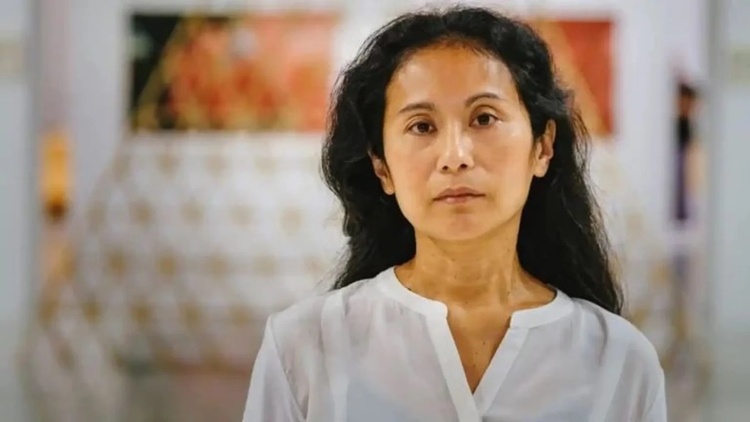
A Peruvian artist will represent Spain
A Peruvian artist will represent Spain for the first time in the history of the Venice Biennale
Originally from Lima, Sandra Gamarra has become the first person not born in Spain to participate on behalf of the country in the 60 editions of the event
Sandra Gamarra, Spanish-Peruvian artist, will represent Spain at the prestigious Venice Biennale, thus becoming the first person not born in Spain to do so in 60 editions of the event. Her project, titled 'Pinacoteca Migrante', addresses colonial narratives and historical modes of representation. Under the curatorship of Agustín Pérez Rubio, with an outstanding career in Latin American art, Gamarra proposes a rereading of the Spanish pictorial heritage using existing works in collections of Spanish art galleries.
The decolonization of museums has emerged as a crucial issue in the international artistic sphere, and Gamarra, born in Lima in 1972, joins this movement with her particular approach. Through the creation of her own museum based on pre-existing works in Spanish collections, the artist seeks to raise awareness about the European colonial gaze, using techniques such as copying, modification and the creation of collages.
Gamarra's project is framed in the context of the 60th International Art Exhibition of the Venice Biennale, which is titled 'Stranieri Ovunque - Foreigners Everywhere'. Under the curatorship of Brazilian Adriano Pedrosa, the Biennale, one of the most important artistic events in the world and in which the Israeli pavilion has decided not to open its doors until a ceasefire is agreed in Gaza, will feature the participation of 88 national pavilions in an event that will take place from April 20 to November 24.
In this context, the Spanish pavilion stands as a space to revisit the country's pictorial heritage, from the time of the Empire to the Enlightenment, and to make silenced cultures visible. Gamarra, who already participated in the Venice Biennale in 2009 in the pavilion of the Italian-Latin American Institute, will explore the classic genres of the arts through six rooms or sections, offering interventions and reinterpretations that analyze the biased representations between colonizers and colonized, and establishing historical connections with contemporary reality, in which reference will be made to the territories that were part of Spain, but that carry with them a “monolithic notion that was based on the destruction of other forms of social organization,” according to Acción Cultural. Spanish.


- July 15, 2025
Shot in the foot
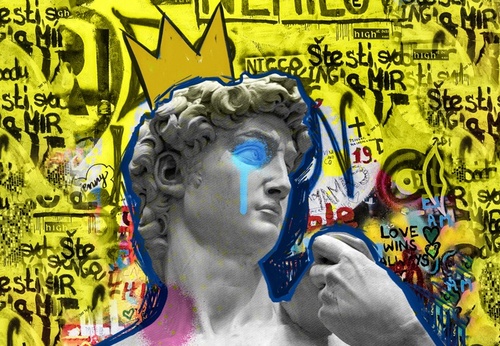
- July 15, 2025
Differences between modern art and contemporary art
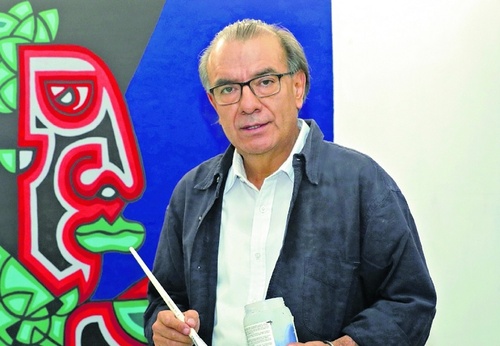
- July 15, 2025
Rudy Cottón Exhibition in Guatemala

- July 15, 2025
Gallery Of Humor Drawing By Naser Jafari - Jordan_Part2
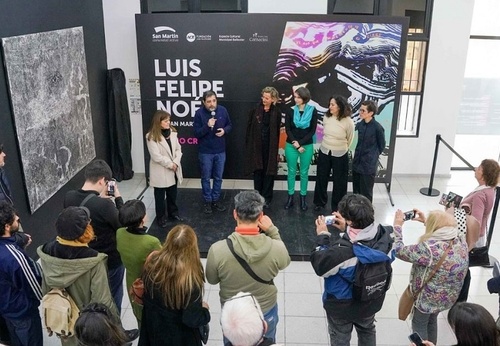
- July 15, 2025
Exhibition of a Legend of Latin American Visual Art
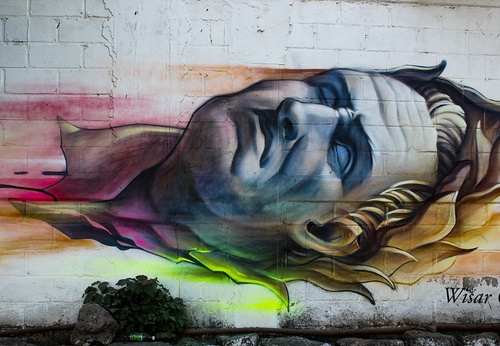
- July 15, 2025
Gallery Of Street Art By Bryan Molina - Mexico
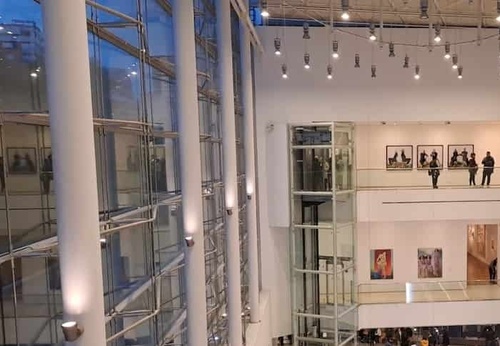
- July 14, 2025
An exhibition that says nothing

- July 14, 2025
Visual Techniques in Advertising Photography

- July 15, 2025
Rudy Cottón Exhibition in Guatemala

- July 15, 2025
Exhibition of a Legend of Latin America…

- July 14, 2025
An exhibition that says nothing

- July 12, 2025
Art as a tool for “a healthy and creati…

- July 12, 2025
The art of Páez Vilaró arrives in Villa…

- July 12, 2025
Circuits of the Future in Carlos Ortúza…

- July 11, 2025
Works by Six Latin American Artists

- July 10, 2025
The Voice of Latino Art in the Heart of…

- July 09, 2025
Douglas proposed in front of the painti…

- July 08, 2025
Unprecedented Botero Exhibition in Guan…

- July 07, 2025
Last chance to view LATINOAMERICANO exh…

- July 07, 2025
The contemporary art exhibition was ina…

- July 02, 2025
Hugo Correa Exhibits at Museo Ralli San…

- July 02, 2025
The Exhibition That Reimagines the Past…

- July 02, 2025
The Major Exhibition "Before America" …

- June 29, 2025
Peruvian painter Gerardo Chávez dies at…

- June 29, 2025
ARCOmadrid 2026 Opens Call for Entries …

- June 29, 2025
José María Velasco: The Landscape Artis…

- June 26, 2025
It houses 40 legacies of Latin American…

- June 18, 2025
Winners of the “Holosaide” event announ…

- October 08, 2023
Illustrations reflect the brutal Israel…

- December 25, 2023
The jury statement of the Iran-Brazil F…

- July 29, 2023
History of Caricature in Brazil

- April 20, 2024
Poignant Image of Grief Wins Mohammed S…

- March 21, 2024
The history of art in Palestine

- May 22, 2025
Brady Izquierdo’s Personal Exhibition O…

- September 01, 2023
Neural Filters in new photoshop 2023

- October 21, 2023
Erick Meyenberg and Tania Ragasol at th…

- March 14, 2024
museum of statue of van gogh

- May 25, 2025
Bordalo II to hold exhibition in Paris …

- August 09, 2023
Venezuela mural expresses solidarity wi…

- March 30, 2024
illustration websites in Latin America

- March 15, 2024
museum of sculpture of Salvador Dali

- May 20, 2024
Latin American Festival of Performing A…

- July 30, 2024
The artist from San Luis Mirta Celi rep…

- March 18, 2025
Works by Cuban Artist Eduardo Abela in …

- January 04, 2025
Material Art Fair 2025

- July 03, 2024
Newly discovered rock art in Venezuela

- October 30, 2023
Palestinian turns images of the Gaza co…

- November 07, 2024
The exhibition “The message behind Bote…

- February 18, 2024
7 Ways to Understand What Visual Arts A…

- May 15, 2024
Eleven murals for Gaza painted across t…

- January 02, 2025
13 commemorations that will mark the cu…

- October 08, 2023
Illustrations reflect the brutal Israel…

- October 17, 2023
The influence of Latin American artists…

- November 17, 2023
Fernando Botero's work is booming after…

- December 25, 2023
The jury statement of the Iran-Brazil F…

- July 29, 2023
Piracicaba International Humor Exhibiti…

- February 03, 2024
THE HISTORY OF NAIF ART

- November 06, 2023
Heba Zagout: Palestinian artist murdere…

- February 01, 2025
A maior exposição de Botero em Barcelona

- July 02, 2024
One of the largest urban art galleries …

- December 10, 2023
Sliman Mansour and Palestinian art on t…

- July 20, 2024
First International Mail Art Biennial 2…

- September 01, 2023
Neural Filters in new photoshop 2023

- March 14, 2024
museum of statue of van gogh

- October 30, 2023
Palestinian turns images of the Gaza co…

- October 23, 2023
Controversy over the project that will …

- February 06, 2024
Bolivian artists will be at the 2024 Ve…

- February 08, 2024


